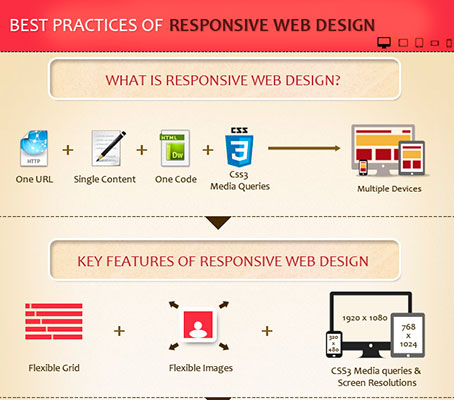Basic Facets Of Web Design: Guidelines For Developing A User-Centric Website
Basic Facets Of Web Design: Guidelines For Developing A User-Centric Website
Blog Article
Created By- Suggested Reading
When it involves web site style, making certain user-friendliness is vital. From receptive layout to structured navigating, every aspect plays an essential duty in producing a site that satisfies your audience's needs. Yet what about the finer details that can make or damage a user's browsing experience? Stay tuned as we reveal some often-overlooked tips that can raise your web site's usability to the next degree, making it really stand apart in the digital landscape.
Value of Responsive Design
Responsive style is a critical aspect of modern-day internet site development. Guaranteeing your site is responsive means that it can adjust to various screen sizes and devices, giving a seamless experience for individuals.
With the increasing use mobile phones and tablets to access the internet, having a receptive layout is crucial for reaching a broader audience. It assists in enhancing individual experience by making your website simple to browse and read on any gadget.
Additionally, responsive layout can positively influence your search engine positions, as internet search engine like Google prioritize mobile-friendly websites. By having a receptive layout, you're also future-proofing your web site, as new tools with differing screen sizes remain to emerge.
Simplify Navigation Structure
To boost customer experience and help with simple access to info on your web site, simplifying the navigating structure is critical. When making your site, focus on creating a clear and instinctive navigation food selection that aids site visitors discover what they're looking for rapidly.
Restriction the number of food selection items to the basics, grouping associated web pages together to avoid overwhelming individuals. Usage detailed tags that clearly show the material of each web page, making it less complicated for users to recognize where each link will certainly take them.
Take into consideration executing dropdown menus for subcategories to avoid cluttering the primary navigation bar. Additionally, include a search bar plainly on the page for customers who like looking for specific info.
Prioritize mobile responsiveness in your navigation layout to guarantee very easy access on all devices.
Enhance Page Tons Speed
Improving web page tons speed is crucial for keeping visitors on your web site. Slow-loading pages frustrate customers and can bring about high bounce prices. To enhance web page tons speed, beginning by optimizing photos. Press images without jeopardizing quality to lower their file dimensions.
In addition, allow browser caching to store regularly accessed resources in your area, quickening load times for returning site visitors. Minify CSS, JavaScript, and HTML documents by removing unneeded characters, comments, and formatting, boosting load rate.
Take into consideration using a web content shipment network (CDN) to distribute your website's content across multiple servers worldwide, minimizing latency for users accessing your website from various places. Finally, limit using third-party manuscripts and plugins, as they can significantly impact load times.
your input here
In conclusion, by including receptive style, simplifying navigation, and maximizing page tons rate, you can develop a straightforward web site that appeals to a broader target market and improves individual experience. These essential elements ensure that site visitors can easily accessibility and navigate your website throughout different gadgets, leading to boosted involvement and fulfillment. By focusing on best minimalist websites , you can develop a successful website that maintains customers returning for more.
